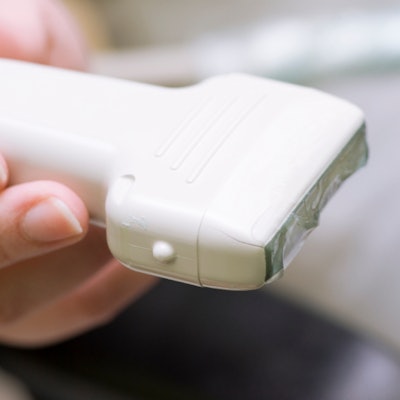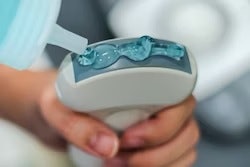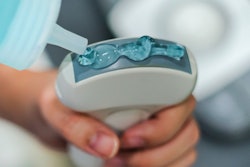
So, you want to integrate point-of-care ultrasound (POCUS) into your hospital enterprise image network. But how? Breaking down what goes into a successful POCUS implementation was the subject of a May 26 talk at the Society for Imaging Informatics in Medicine meeting.
Successfully implementing POCUS requires swift strategy and teamwork, including taking advantage of existing imaging technology, according to registered nurse Laurie Perry from Cincinnati Children's Hospital in Ohio.
"Point-of-care ultrasound is only going to grow, and there will be divisions that continually need to be implemented. You'll need to do that quickly," she said.
POCUS has been looked at in recent years as a convenient clinical tool that can bring imaging to a patient's bedside. Advantages include portability and cost-effectiveness.
However, there are some limitations to POCUS, Perry said. One is that images remain on the ultrasound device and are not clinically available to anyone else taking care of the patient. POCUS images also can't be compared with other specialty images, and there are challenges to getting reimbursed.
Although many divisions at Cincinnati Children's Hospital wanted to use POCUS, Perry said they were unable to bill for the procedure until providers had been credentialed and images stored in the enterprise archive.
"If you're not storing images, you cannot bill for the ultrasound," Perry said.
To integrate POCUS with the rest of the enterprise, the implementation team needed to create a standard POCUS workflow within the electronic health record. Then, it needed to work with business managers to help them to understand the process for billing imaging studies.
The team that was assembled for this included clinical and business leaders from clinical divisions, imaging informatics professionals, electronic medical records analysts, a project manager, a trainer, and an enterprise imaging physician leader.
The group solved the existing challenges by working with clinical leaders and business managers in creating a process that fits into the existing workflow. Team members utilized ad-hoc order creation and automated as many steps as possible. They also worked with the radiology business director to identify and create appropriate procedure codes.
"All radiology and cardiology, including ultrasound, is sent to the hospital's enterprise archive. We've acquired and sent over 5,000 POCUS studies to the archive," Perry said. "We have billed more than $2.25 million of new services for our organization."
Children's Hospital began using POCUS for anesthesia in 2015 and has expanded its use in other care units and departments, such as emergency, pediatric intensive care, and cardiac intensive care among others. The hospital is currently working on implementing POCUS for physical medicine and rehab and its gastrointestinal division.
Perry said the hospital has used the following guiding principles over the years to successfully implement POCUS into its departments:
- Take advantage of DICOM to power workflow.
- Automate workflow for providers as much as possible.
- Provide a link to the images in the electronic medical record, preferably within the appropriate context for the division.
- The goal should be to create a standard, reproducible process.
Perry also said implementation teams should evaluate a division's current ultrasound machines for such things as WiFi capability, DICOM capability, and security requirements. Credentialing providers, as well as determining procedures and billing, developing the electronic medical record, and training users are also needed.




















